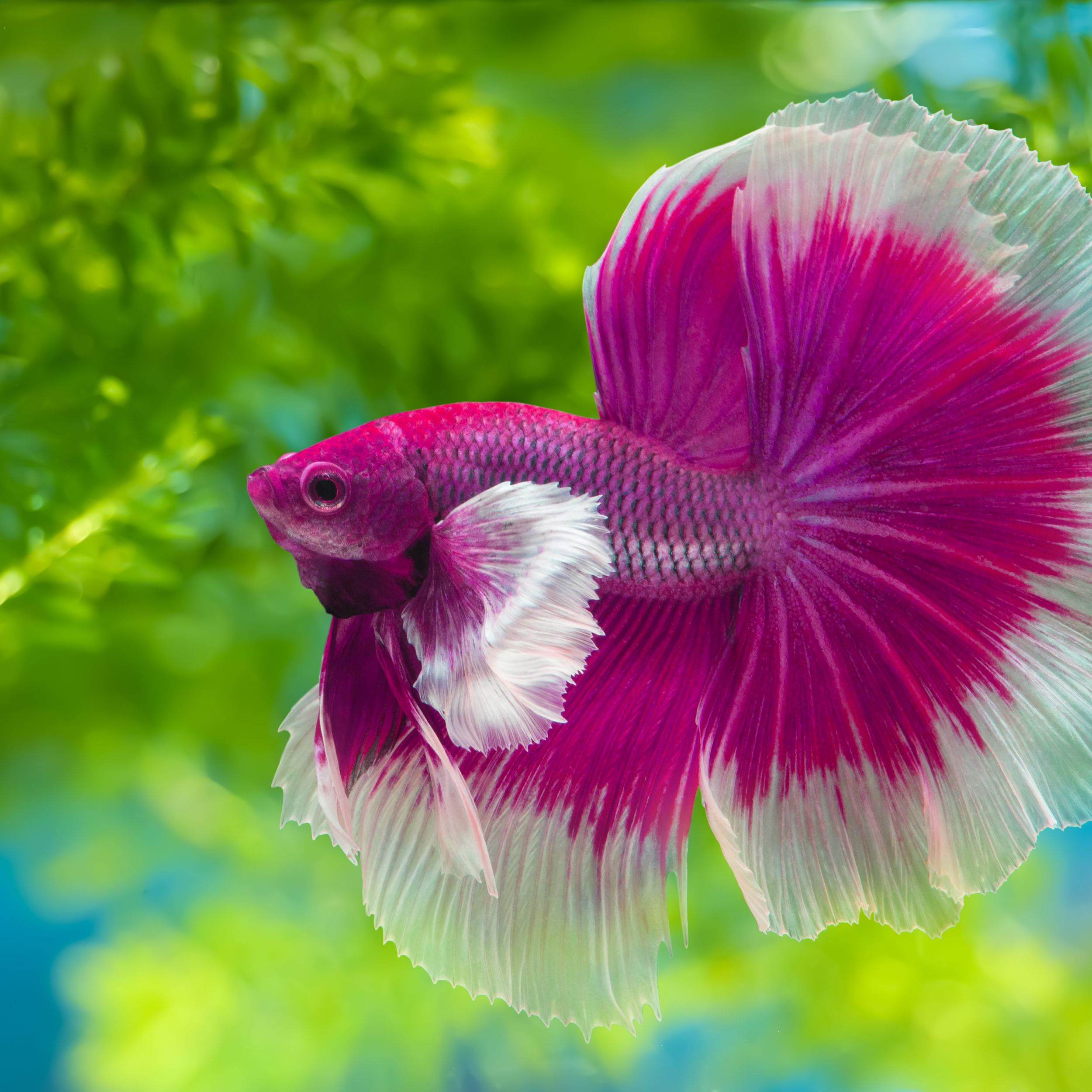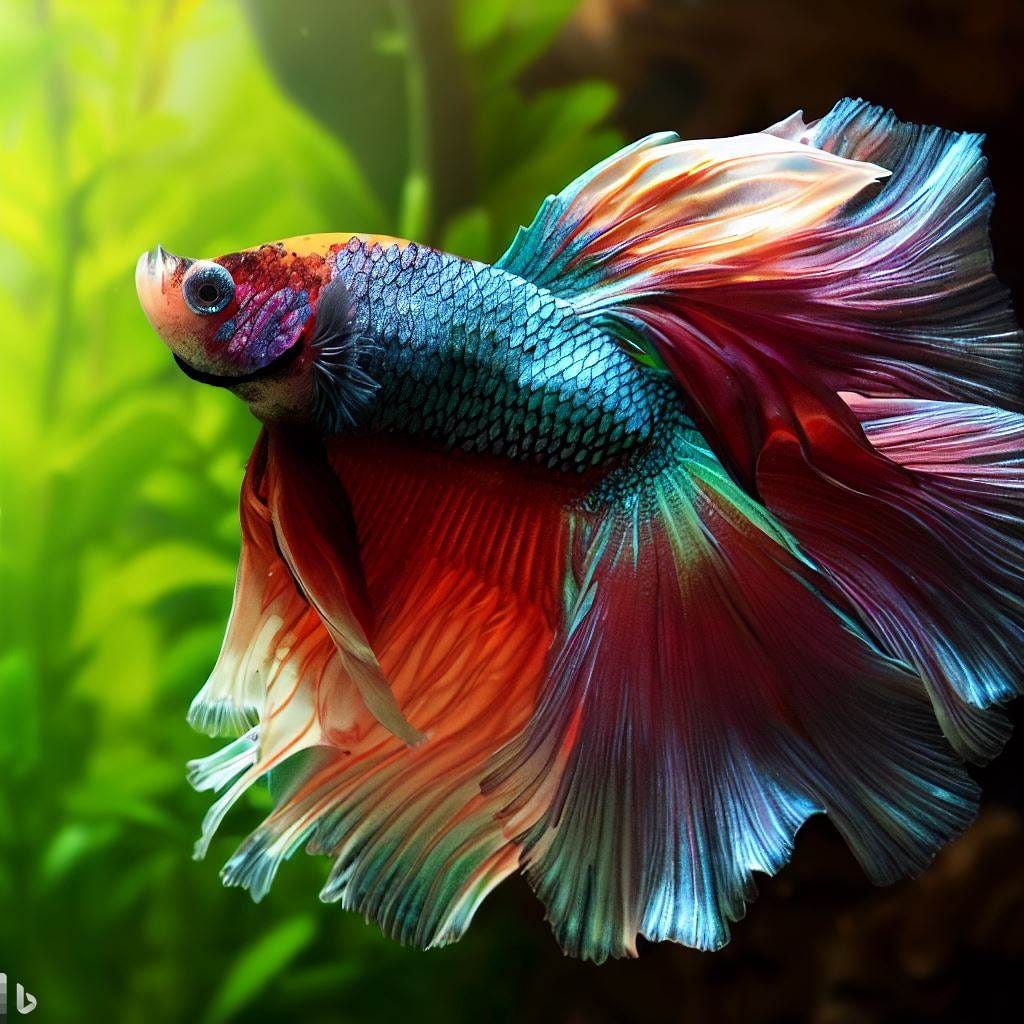Just how to Pick the Right Betta Fish for Your Fish tank
Wiki Article
Breeding Betta Fish: a Comprehensive Step-By-Step Guide to Effectively Raising Baby Bettas From Eggs to The Adult Years
Reproducing Betta fish is a precise endeavor that calls for cautious planning and implementation to ensure the successful development of fry from eggs to develop fish. Picking genetically diverse reproduction pairs with preferable characteristics is only the start; developing an optimal atmosphere and recognizing the intricacies of the breeding procedure are just as essential. As the male Betta faithfully constructs a bubble nest and guards the precious eggs, the succeeding phases of treatment and change demand attention to detail and understanding of ideal practices. How does one navigate the difficult yet fulfilling course of supporting these dynamic creatures to their adult years?
Choosing Breeding Pairs
When embarking on the trip of breeding Betta fish, choosing the right reproduction pairs is essential to attaining preferable characteristics and a healthy and balanced family tree - betta fish. The primary step in this procedure is to recognize the certain traits you desire to enhance or preserve, such as color, fin type, and body form. It is vital to pick genetically varied pairs to stay clear of inbreeding, which can bring about health and wellness issues and unwanted qualitiesReview prospective reproducing candidates carefully. A healthy and balanced male Betta should show vibrant shades, an active temperament, and well-formed fins, while the female needs to also show vibrant pigmentation and a rounded belly, suggesting preparedness for spawning. Observing the temperament of both fish is important, as aggressive or excessively shy individuals might not reproduce successfully.
Paperwork of family tree is just as important. Keeping documents of the moms and dad fish's origins can help you track hereditary characteristics and possible concerns. Additionally, seek advice from trusted dog breeders or on-line sources for assistance on choosing suitable sets. Inevitably, investing time in the selection process will substantially boost the possibility of generating strong, vibrant offspring that satisfy your reproduction goals (betta fish).

Preparing the Reproduction Container
Producing an optimal reproduction atmosphere is a key action after choosing ideal sets for Betta fish. The breeding container must be specifically made to supply comfort and boost the natural breeding behaviors of the fish. Beginning with a storage tank dimension of at least 10 gallons to guarantee sufficient area for both the male and women Bettas.Keep a mild filtration system to keep the water clean while preventing strong currents that can worry the fish. Additionally, an air rock can be contributed to give oxygenation without interrupting the water surface area way too much.
Temperature policy is important; go for a steady series of 78-82 ° F(25-28 ° C) using a dependable heating system. The pH level must be maintained between 6.5 and 7.5, and normal water changes are required to make certain high water quality.
Include floating like it plants or generating sponges to develop concealing spots for the woman, while additionally encouraging bubble nest building by the man - betta fish. Make sure the container is free from sharp designs and any prospective threats, as the welfare of the fish need to always be prioritized during this essential stage of reproduction.
The Reproduction Refine
Commonly, the reproducing procedure for Betta fish entails a collection of distinct and visible actions that indicate readiness for reproduction. The male Betta begins by building a bubble nest at the water's surface, which functions as a website for the fed eggs. This nest Visit Your URL is crucial, as it supplies a secure atmosphere for the eggs till they hatch out.When the nest is developed, the man will certainly present courtship actions, such as flaring his fins and displaying vivid shades to draw in the woman. The woman, upon noticing the male's readiness, will certainly react by showing vertical stripes along her body, indicating her receptiveness.
When the female techniques, the male participates in a breeding dancing, usually bring about a welcome called the "spawning." During this embrace, the lady releases her eggs, which the male fertilizes instantly. The fed eggs then are up to the bubble nest, where the male carefully accumulates and returns them to the nest. Following this, the male presumes responsibility for guarding the nest and making certain the security of the eggs until they hatch out, normally within 24-36 hours. This stage is critical in the next reproducing process, laying the structure for successful fry growth.
Caring for Betta Fry
Caring for Betta fry needs mindful interest to their setting and nourishment to make certain healthy growth and growth. After hatching, Betta fry are exceptionally small and at risk, requiring a secure and tidy environment. Maintaining a water temperature in between 78 ° F and 80 ° F is essential, as Betta fry prosper in cozy problems. Furthermore, make certain that the water is totally free of unsafe toxins; routine water changes of 10-20% are suggested to keep optimal water high quality.Feeding Betta fry is just as essential. Feed them small amounts several times a day, being mindful not to overfeed, which can lead to water quality concerns.
Transitioning to Grownup Bettas
As Betta fry mature, transitioning them to adult Bettas is a crucial phase that requires careful administration of their environment and social interactions. This process typically begins when the fry reach around six weeks old, whereupon they can be progressively presented to an extra structured living environment.To facilitate this shift, it is important to ensure that the water specifications-- such as temperature level, pH, and ammonia degrees-- are optimum and steady. Grown-up Betta fish prosper in warm water (around 78-80 ° F) with a pH of 6.5 to 7.5. Gradually adjust the fry to these problems to decrease stress.
Social interactions are one more essential factor; man Bettas are infamously territorial and hostile. It is a good idea to separate males right into specific tanks as they mature. Women Bettas can be housed with each other, however care needs to be taken to check for indications of aggression.
Additionally, dietary modifications need to be made as the fry grow. Integrate high-grade pellets and live foods to sustain their growth and health and wellness. By managing these factors successfully, you can advertise an effective transition to their adult years for your Betta fish.

Verdict
Successful breeding of Betta fish requires careful focus to information throughout the whole procedure, from selecting genetically varied pairs to providing optimum look after fry. By ensuring suitable breeding problems and preserving water top quality, the likelihood of healthy and balanced offspring enhances dramatically. In addition, a well balanced diet plan and steady adjustment to grown-up environments are important for the growth and growth of Betta fish. Complying with these steps carefully promotes a growing population of Betta fish, enhancing both their health and vigor.Report this wiki page